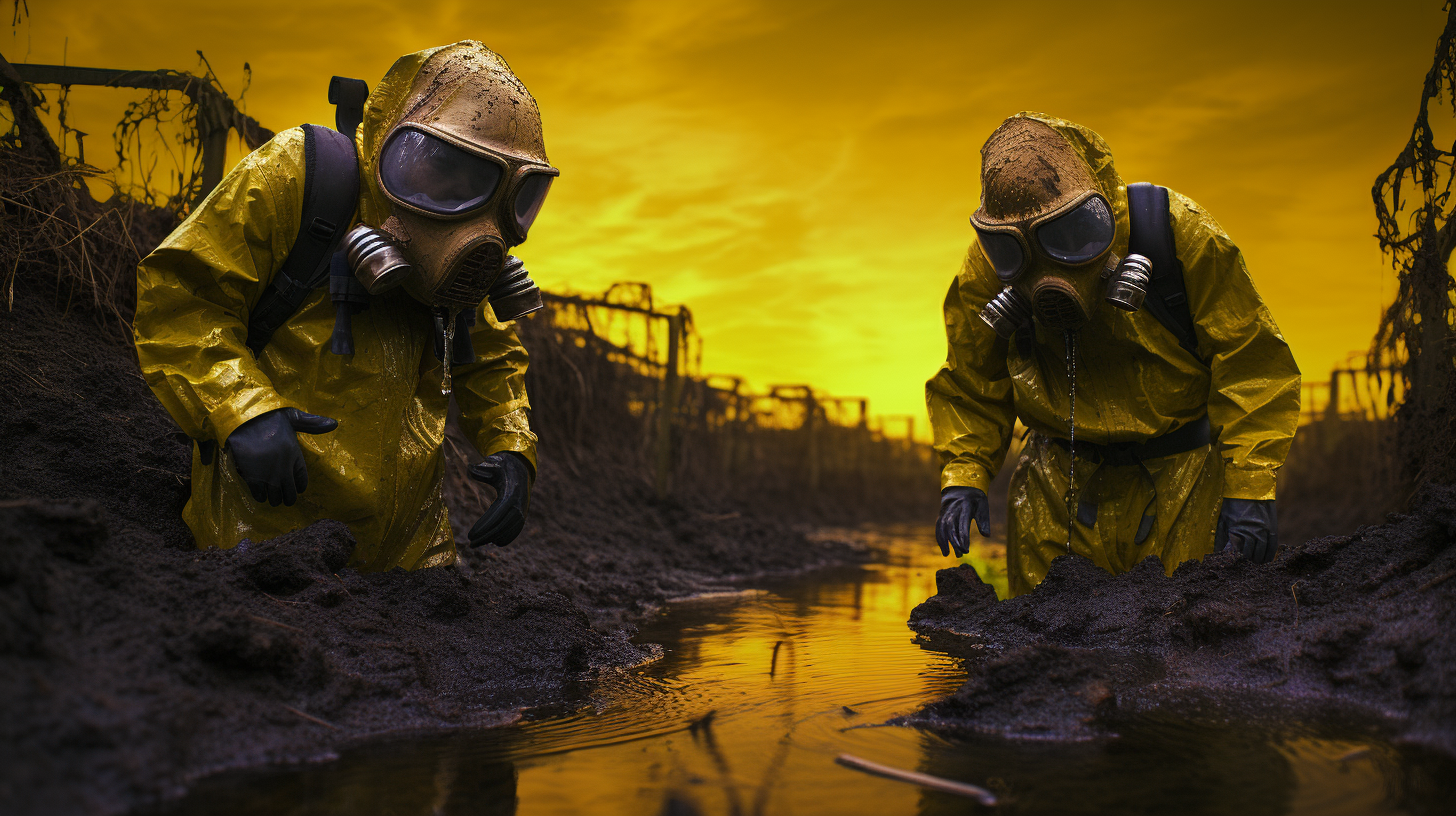In a world where verdant landscapes transform into wastelands and rivers once teeming with life are now carriers of death, there blooms a grim irony amidst the bleakness. Where poison seeps, there also grows a peculiar brand of hope — a cadre of scientists dubbed ‘The New Alchemists’, rumored to turn toxicity into life through the curious art of bioremediation.
The alchemy of old sought to transmute lead into gold, a metaphor not lost on these modern-day sorcerers whose quests have led them to a discovery most golden: how to revive lifeless earth and water using nothing more than the latent power of living organisms.
The spotlight falls on a once-vibrant community with its bones now bared to a saturnine sky, the result of an unchecked chemical spill. Traditional decontamination efforts have long been abandoned, the expense and futility cementing the conviction that these forsaken lands lay beyond the graces of salvation. Yet it is here that the New Alchemists ply their craft, armed with an intimate knowledge of microbial metabolisms and plant-based detox mechanisms that could resurrect these desecrated grounds.
Amidst soil that crackles underfoot, devoid of microbial chatter, certain extraordinary microorganisms known as ‘extremophiles’ are introduced. These minute janitors, capable of thriving in toxic environments, begin their diligent work. Like nature’s own nanobots, they disassemble harmful compounds at the molecular level, rendering inert the villains of vitality: heavy metals, pesticides, and more. Watching this process unfold belies the raw power beneath its peaceful exterior; it’s not just cleanup — it’s a quiet revolution.
Where microorganisms toil underground, above it, so-called ‘hyperaccumulator’ plants undertake a similar mission. They drink deep of poisoned waters, sieving through their leafy veins the remnants of man’s folly. Cadmium, lead, arsenic — metals that once heralded the end of ecosystems — now serve as nourishment for these green redeemers. Their growth bears the fruit of clarity, both literal and figurative, proving that even the harshest blunders of humanity can be redeemed, if only we harness the right forces.
The narrative of these landscapes tells a tale of extremes. It’s a grim parable of destruction followed by a surprisingly optimistic chapter of regeneration. From the chaos of contamination emerge patterns of purification, each subplot woven by the meticulous interactions of biology and chemistry.
The work of the New Alchemists provides fodder for both hope and horror; their successes stand in sharp relief against a backdrop of continuing environmental cataclysms elsewhere. Yet a question lingers in the air, heavy and unspoken: If such redemption is possible, why do we persist in our destructive course?
Perhaps the greatest trick the New Alchemists have yet to master is the transmutation of human nature itself, from a force of devastation into one of stewardship. As we stand at the crossroads of environmental fate, let their work not be a mere footnote in history but a catalyst for deeper change, lest their bioremediation miracles become mere oases in a sprawling desert of our own making.
